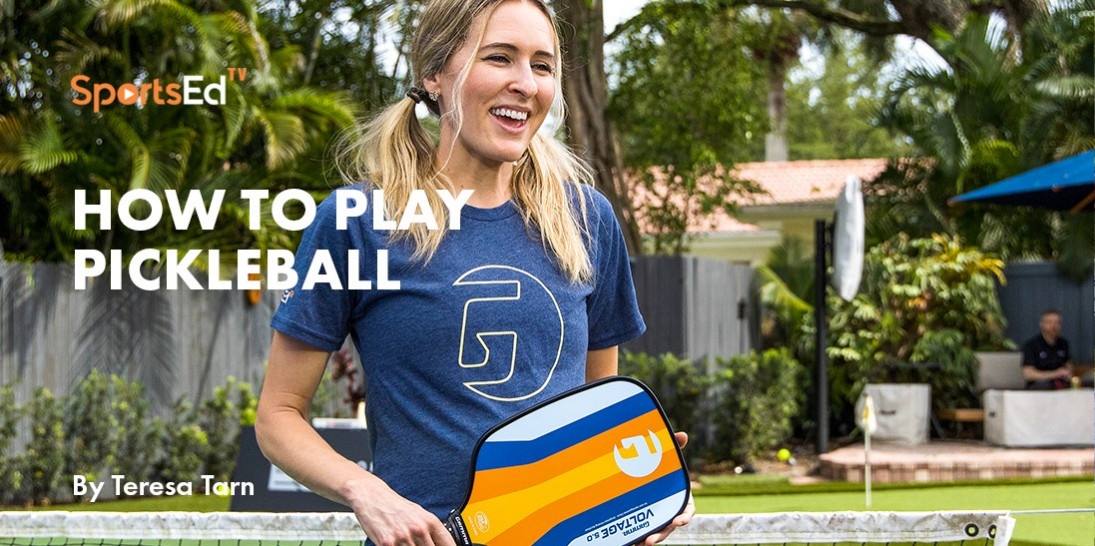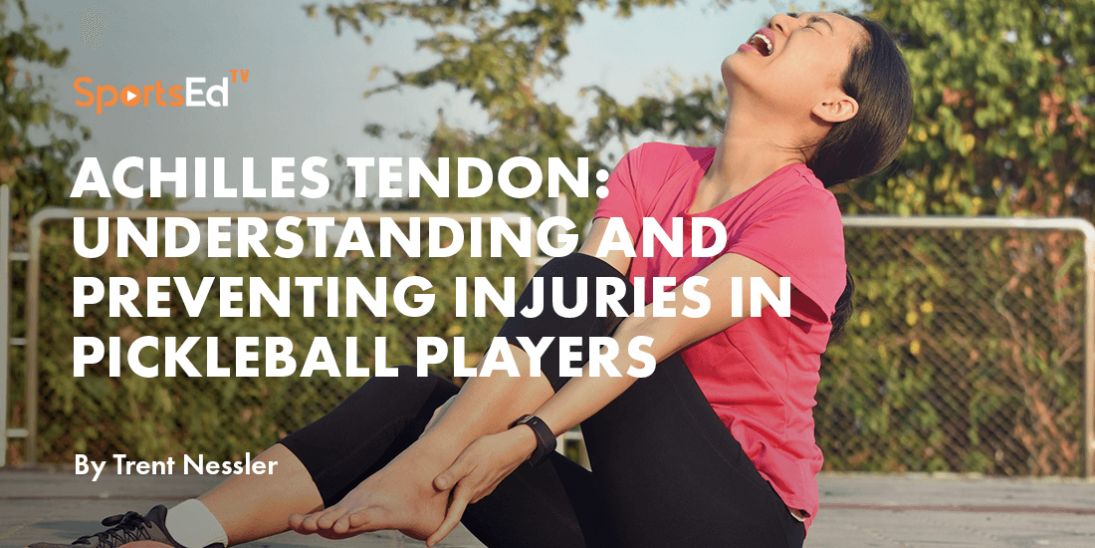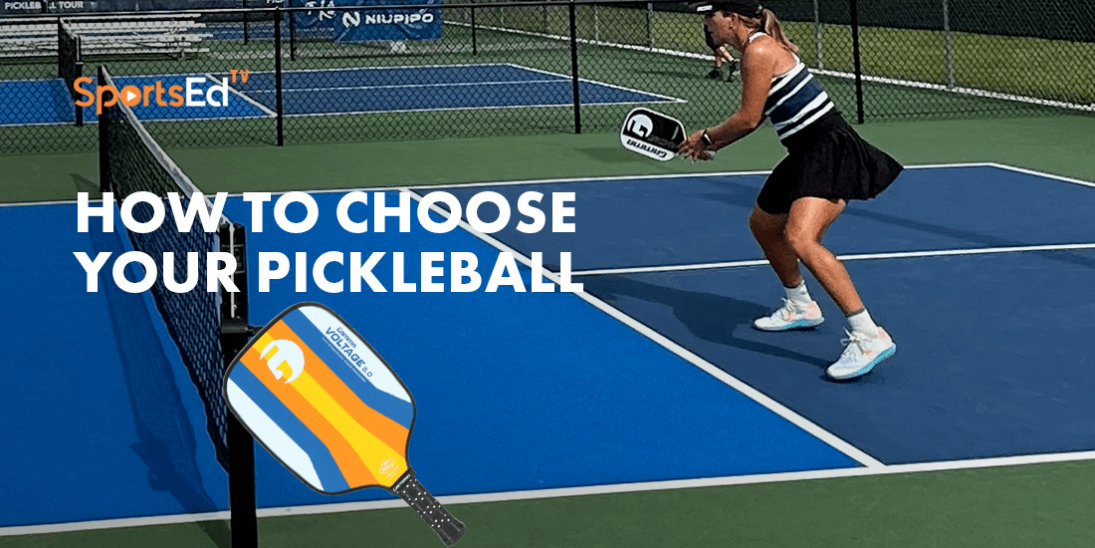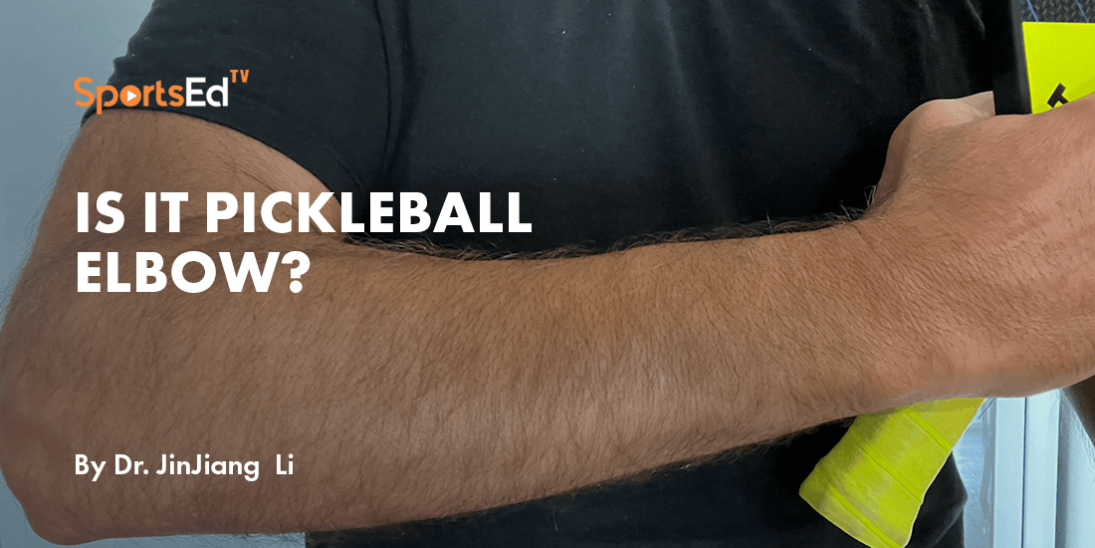Pickleball, Strength And Conditioning
Welcome and thanks for visiting...

How to Play More Pickleball and Avoid Injury
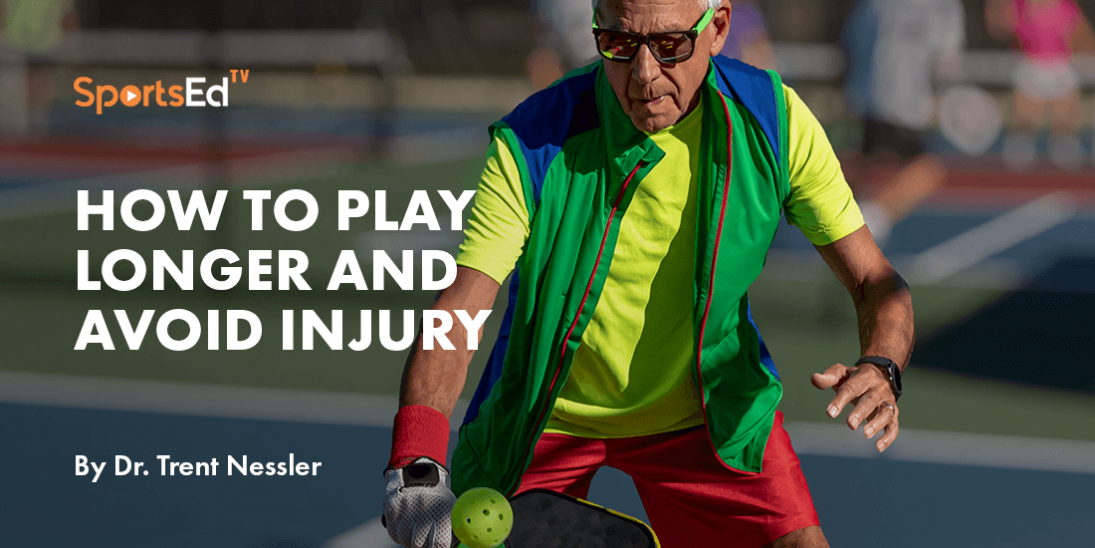
In our last blog, we talked about some exercises you can include for your shoulder and rotator cuff as well as your core to aid in mitigating the risk of injury and improving overall athletic performance. In this final blog in the series, we will discuss exercises you can include for your lower body that will mitigate the risk of injury and improve athletic performance.
For a lot of players, adding resistance training is not something that they do or that they have considered. With most of my "prevention programming", I usually try to keep these to a minimum series of exercises and traditionally try to keep these to body weight exercises or exercises that require minimal equipment. This way, they can be done after the practice session (fatigue state training) and done on the court. As with the exercises in the previous blog, these will also require a minimal amount of equipment and are ones, that if included, will aid in mitigating risk and improving athletic performance.
Bodyweight squats
Squats are a foundational movement to human function, mobility, and performance. Improvement in squatting ability has been shown to reduce the risk of falls in the elderly and has been shown to improve vertical jump height and sprint speed in athletes. The proper squatting technique is vital to ensure you are getting the most out of it as possible, aids in mitigating risk for injury, and improves performance.
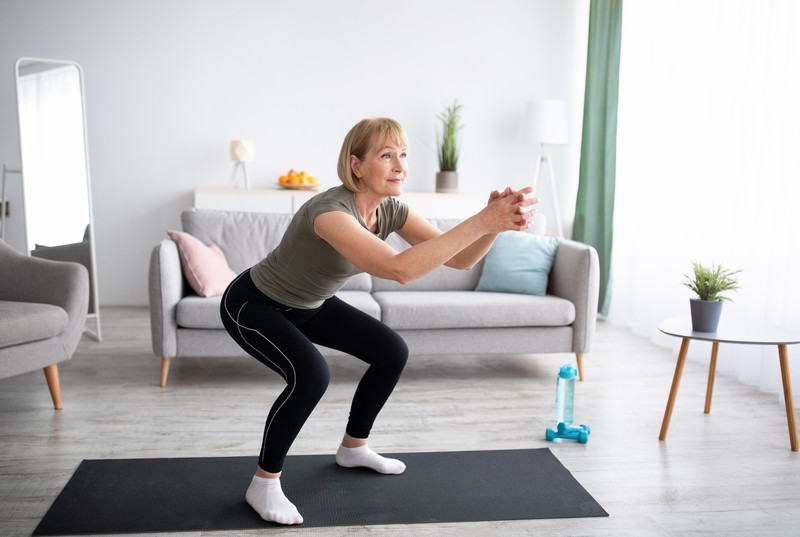
After assessing 1000s of athletes' squats, there are some common flaws we see in the technique that is worth mentioning. One is a lateral shift. If a plumb line is drawn down the center of your body from head to toe, when you squat, your hips should be equal distance from the plumb line. If not, then you are shifting your weight off to one side or the other. This is called a lateral shift. If not corrected, then this will add to a muscle imbalance between the right and left, set you up for injury, and impact your overall athletic performance. The easiest way to see if you are doing this is to take your phone and place it directly behind you. Not to the right or left, but directly behind. This is much easier to see from behind than from the front. Film yourself doing 20 squats. Watch yourself in slow motion and see if you shift your weight off to one side or the other. If you do, this may be why one knee or hip hurts and not the other or why you have always noticed you are stronger on one side versus the other. If this is the case, then try doing another set in front of a mirror, trying to correct yourself. Film yourself from behind again, trying to correct. Did it work? If not, try another set. I usually recommend people to do 2-3 sets to try to current. It may take you several sessions to correct this fully.

Creating balance in the squatting motion will aid in creating symmetry between your right side and your left side.
Single-leg Squat
Another important exercise to consider is single-leg squats. The motion that occurs at the hips and knees during a single leg squat is one of the most telling movements we can assess for risk as well as the impact on performance.
When performing a squat, the position we train in and test all our athletes in is what we call the athletic position. Although a pistol squat is great for your quadriceps, it is not a functional exercise when training for sport. In sports, the opposite limb is typically in a knee-flexed and slightly extended position. This athletic position requires much more stability at the hip and greater activation of the gluteus medius in addition to the quads and hamstrings (Khuu et al. In J Sport Phy Ther 2016). This is also the position that mimics the position the limb is in when most injuries occur (Owusu-Akyaw et al. Am J Sports Med 2018). Therefore, we want to strengthen it for maximal performance in this position.
One of the first things we look at during this exercise is your ability to control your knee during the squatting motion. If your knee goes in towards the midline (dynamic valgus) this not only results in a decrease in power output but also puts you at greater risk for injury (Johnston et al Am J Sport Med 2018). In addition, control of the pelvis during this test is also vital. Lack of pelvic control (allowing it to fall or rotate) also leads to a negative impact on performance and an increased risk of injury (Taniguchi et al. BMC Sport Sci Med Rehab 2022). So, when performing single-leg squats, make sure to perform in the athletic position with the opposite foot off the ground, prevent your knee from moving in and out during both descent and ascent and don't allow your hips to fall or rotate. If you are unable to perform without maintaining the above, place the opposite foot on the ground in a stride stance position and build up from there.
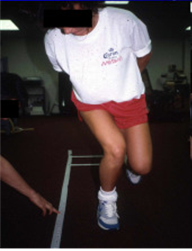
In addition to the single leg squat, adding lateral lunges will assist you in building the strength and power needed to move laterally explosively to get to those balls hit off to your side. Taking a long stride out to your side, perform a partial squat on the lunging leg making sure to keep your foot pointing ahead and not allowing your knee to go over your toes. This will build strength in your entire limb in addition to your adductors and abductors. This helps a lot to prevent strains to both.
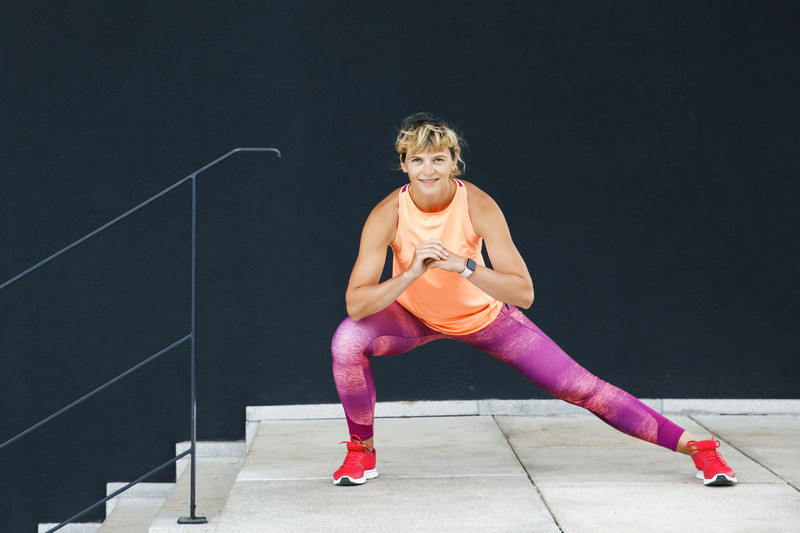
Key exercises to strengthen your legs
There are a lot of exercises you could do to strengthen your legs. What I find, is keeping them to a minimum while trying to maximize the impact makes it more efficient, builds the strength that you need to prevent injuries and improve performance, and at the same time increases the likelihood athletes will do. For this routine, I typically suggest doing this at the end of practice while the muscles are tired. This builds endurance and makes the training more efficient. I typically have athletes superset all these (do one set of squats, single leg squats, then lunge, then rest – repeat for a prescribed number of sets). I will have them do 20 reps for each exercise.
- 20 squats
- 20 single-leg squats – 10 right and 10 left
- 20 lunges – 10 right and 10 left
Perform a total of 3-5 sets. Doing this after your routine will make this an intense program, make it more efficient, aid in improving performance, and reduce risk at the end of the game when you are getting more fatigued. Doing this in this way, you could complete this entire routine in 10-15 min. Hope you enjoyed this series and best of luck in your pickleball game!




